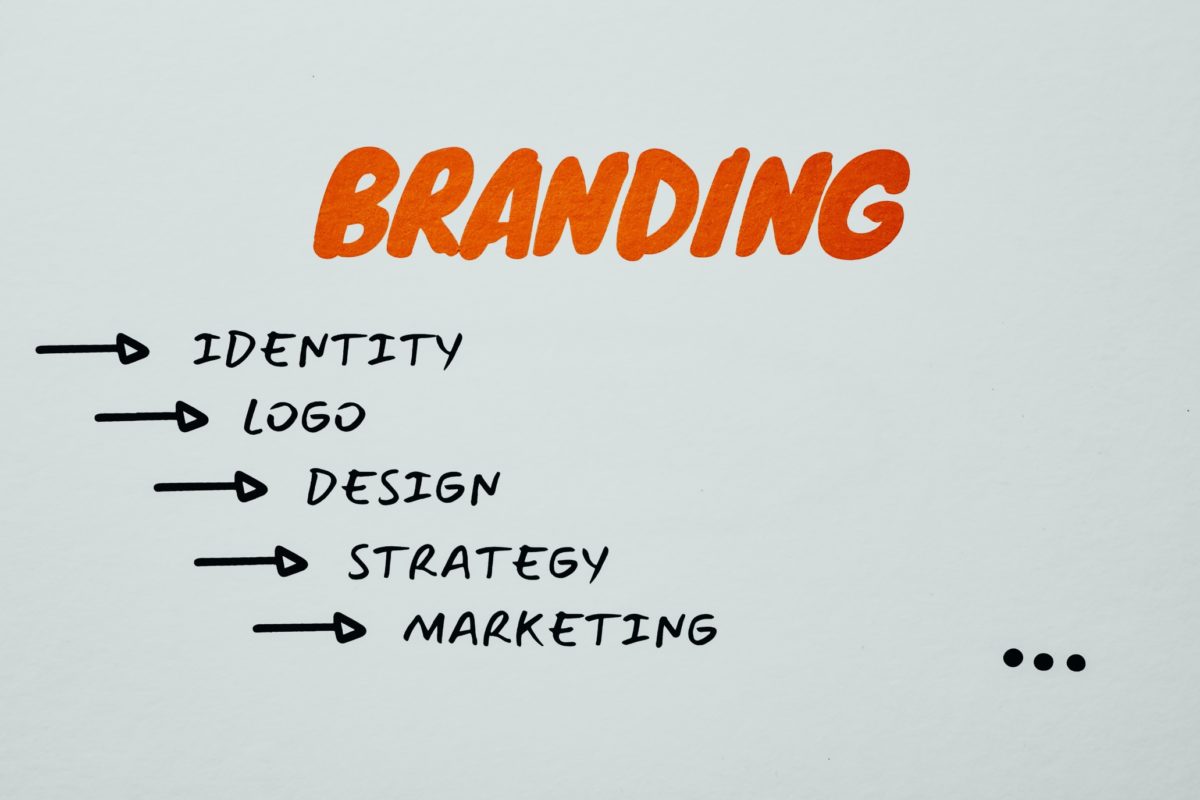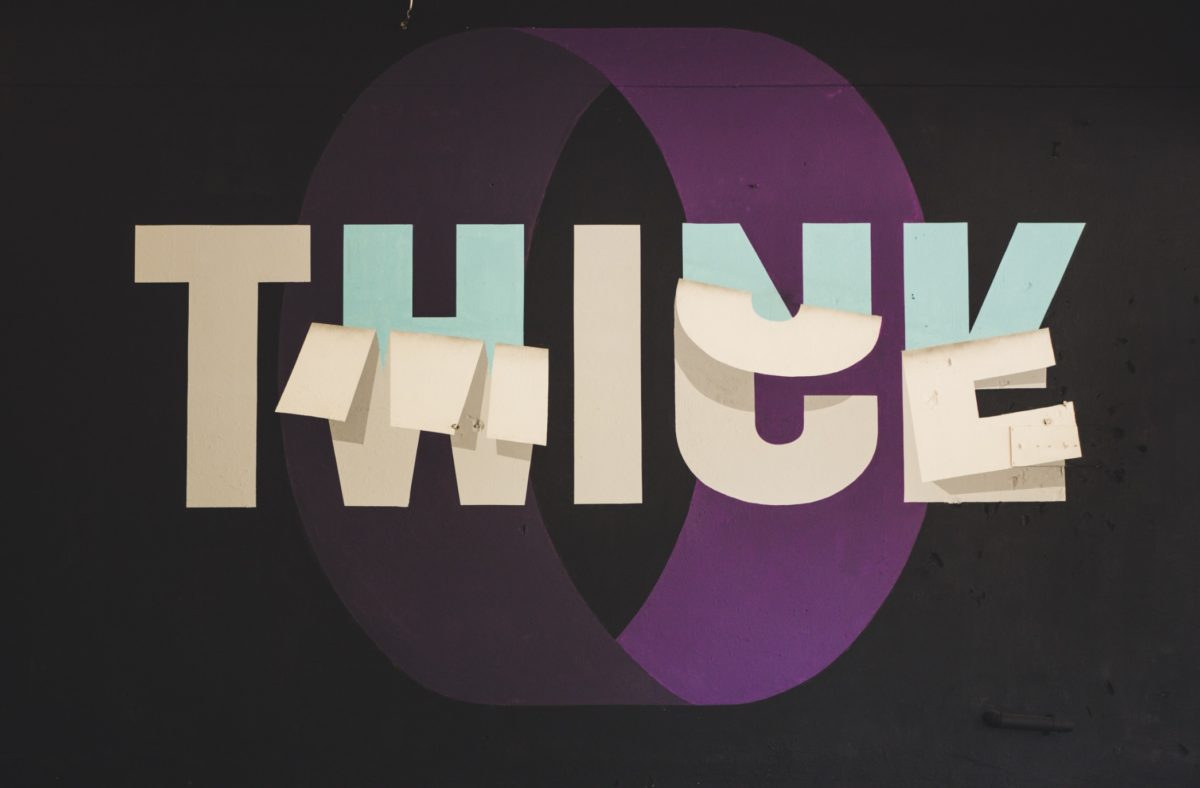B2B Branding – All you need to know to get started
Do you care about what others think of your company? Do you feel like your business is part of your personality?
Table of Contents
For business owners, it is quite common to perceive their business as their “child”. If we consider all the time and effort that you invest in bringing the idea alive, it is no surprise if it is just as influential how the environment accepts the “newborn”.
By reading this article, you might not be ready to change your business’ branding. But we hope we can add to your understanding of B2B branding and emphasis how significant it is that you allocate resources to build your brand image in the B2B world as well.
What is B2B branding?
B2B branding and branding activities are mainly focusing on the public opinion and image of organizations. Which is way more complex than having a nice landing page and choosing a well-designed logo.
Working with wholesalers and retailers, we have experienced that brand identity is often neglected when it comes to B2B. Even though, it is proven that the recipe of a successful B2B operation includes branding.
Nowadays, due to all the digitalization and online appearance, branding is conceived as a very visual appearance. Including the colors, forms, icons, and style you use in your design. Not forgetting the images, videos, and music you use in your communication. Research run by Dansk Industry – DI also shows that selling digital ads to companies’ brands.
Of course, this influences a lot on how others will think of your vendor, but it is far from being all.

B2B branding includes also testimonials, partnerships, employee welfare, customer satisfaction, and many other factors. The core of any vendor’s brand lies in its mission and vision statement, describing what the company stands for and how they wish to contribute to its environment in general.
That is why your brand adds a lot to your merchandise value. We call this brand equity.
Probably due to the complexity of the phrase, it is rather difficult to build a brand. As such thing, it also takes a lot of small steps to have it right, while one wrong announcement can ruin it all.
B2B vs B2C Branding: Biggest differences between the two
There are many business strategies that are built differently depending on B2B or B2C. Well, B2B branding is not one of them.
Of course, the nature of your goods, and your customer segment will determine most of your communication and marketing strategies, which won’t include the same activities if you are selling B2B or B2C. Branding-wise, however, the aim is to resonate your desired company image with what people feel and think of it.

That is why it is no surprise that nowadays, thanks to the high level of digitalization, some wholesalers decide to also sell to the end consumers.
The biggest branding differences can be connected to the fact that the sales cycle and the parties influencing the decision-making process are usually more complex and professional in the business-to-business world. Therefore, branding activities must be focusing on different stages of the sales process and use different platforms to reach the segment.
Some also claim that B2B sales are less emotion-based, therefore branding has less influence on the final sell. Nevertheless, this seems to be less true when it comes to digital and personal selling. This is exactly why B2B branding is no more important than ever.
Why is branding important to B2B companies?
The competition is tense, and differentiating your merchandise from others is becoming more and more essential for your business success. When product features and added services don’t distinguish enough between 2 companies, branding starts to play a special role.
Even in B2B, the decision-maker will be a human being. Even if we like to acknowledge it or not, we are influenced by our emotions and perceptions. That is the reason why we prefer one shampoo or pasta brand over another. And as we have these relationships in our everyday life, we also have them in our working environment. One could argue that in B2B, these preferences and emotions should be considered even more important. Since most buying decisions are lasting long-term and are less easily terminated. This is why you should choose a service or product provider that fulfils not only your business’s practical needs but also meets your sentimental expectations.
That being said, you will probably need to try multiple B2B branding strategies to deliver brand over demand.
Brand is the story. Design is the storytelling
Susan Sellers
How to build a successful B2B brand
The first and most important rule when you are building your branding strategy is that you don’t focus only on what you say or show, e.g. post on social media. But focus on what you actually do!
Second step: Once you decide that you will invest resources into branding, you have to dedicate yourself to your commitment. Regardless, of how soon you will be able to measure the success rate of your activities – or if you ever will. You shouldn’t leave your brand ownership in the shallow administrative backwater.

Thirdly, you will have to remain flexible and open-minded. A branding strategy, be it B2B or B2C, won’t be a clear roadmap. You will have plans that are needed to move forward, and keep it spinning. Watch out for your competitors, shifting customer trends and end-consumer trends, global movements and such sort of things will always influence how and what you should communicate and most importantly when.
The next thing you will have to clarify is your story. The story of your brand should be a little tail that all your employees know and resonate with the feelings your customers have when they think of your products. The more emotions you can squeeze in, the more people will be triggered once they come across you.
Last but not least, don’t mix your messages. Each post, publications, and activities have its own purpose. Branding is not when you shoot two birds with one stone. The content that shares your values and beliefs should not be product-oriented.
Getting inspired by others can never hurt. If you are curious how other big brands nailed their storytelling, you can check this article out. If you want to learn about tools that you could apply to boost your branding campaigns, then just keep scrolling.
5 best B2B branding examples
Inbound marketing
Choosing the right channel is a good starting point. To build your brand, you should usually start with your existing customers, since they matter the most when it comes to your perceived brand image. Using email marketing and newsletters is a professional, and effective way to send out generic messages, slowly adding to your company’s personality. While that all sounds nice and easy. You have to be creative when you are designing the content for these emails. After all, you don’t want to encourage people to actually open and read your emails, which is much harder than you would think.
Use your customers
We already mentioned that storytelling is not only a must to do but also a proven way of creating brand awareness. Your customers are your great assets here again. Telling your story through their stories is a win-win strategy. This method can reach not only all your followers, but the followers of your customers. Spreading the word about both brands, empowering your image as the source of the content even more.
Use your customers 2.0
The above-mentioned technique can be twisted even further. Your customers play a key role here again. Since their testimonials are trustworthy and powerful statements about you. The best thing you can do is ask for feedback. Here, you can also include your NPS (net-promoting-score), which basically describes how likely it is that a customer will recommend you to others.
This method is based on one of the basic principles of branding. Which is to make others think and feel about your company and products, the way you want them, without telling them the words.

Find the right door/ window
You can also create a lot of awareness of your brand directly or indirectly through other brands that are closely related to yours. To make the most out of this method, daughter companies, key shareholders, or suppliers can be the main drivers of the attention to your products or home page. Through them, people can associate with you, and feel like you have been recommended to them. The main power is that you engage with the audience through a lance of another brand, while you still have control of the main message. Affiliate marketing and cross-promotion are just two of the popular practices you could think of.
Be funny – bad marketing is good marketing
We know it is easier said than done! Being creative, but still staying within the lines where you can meet your standards and customers, is not easy. We can’t emphasize more, that you should always stick to your brand’s story and the main message, no matter what. It is always better to provide consistency than to be the funniest and most creative or innovative out there.
However, the competition is tough and to stay in people’s minds you will need to create a unique and authentic. This can be done in multiple ways, and there are endless tips and tricks other brands benefited from before. Finding the one that suits your vendor the most, will take some research and testing.
We don’t want to advise you to use cheap tricks, on the other hand. Nevertheless, when it comes to marketing and B2B branding, it might not be the best quality or most sophisticated content that will achieve the best results.
Key takeaways

B2B Branding, and branding in general, is a complex topic, where there is no right or wrong path to take. It is very important, that you invest in the branding practices and processes from the early days and keep doing that even if sometimes it feels like there is no return on investment. How people see and perceive your goods and services will eventually define your success ratio and place in the market. Nowadays, competition is much more than product differentiation, therefore you need to have your brand story and the message right, to promote your business’ values.
There are many strategies you can use to influence how others think and feel about your activities. Which one of these is the best fit will depend on the industry you are working in. And on the message, you want to send out.
Want to know how?
Book a meeting with our founder Casper. He will show you how Turis will benefit and grow your business.
Book meeting with Casper
RELEVANT POSTS

